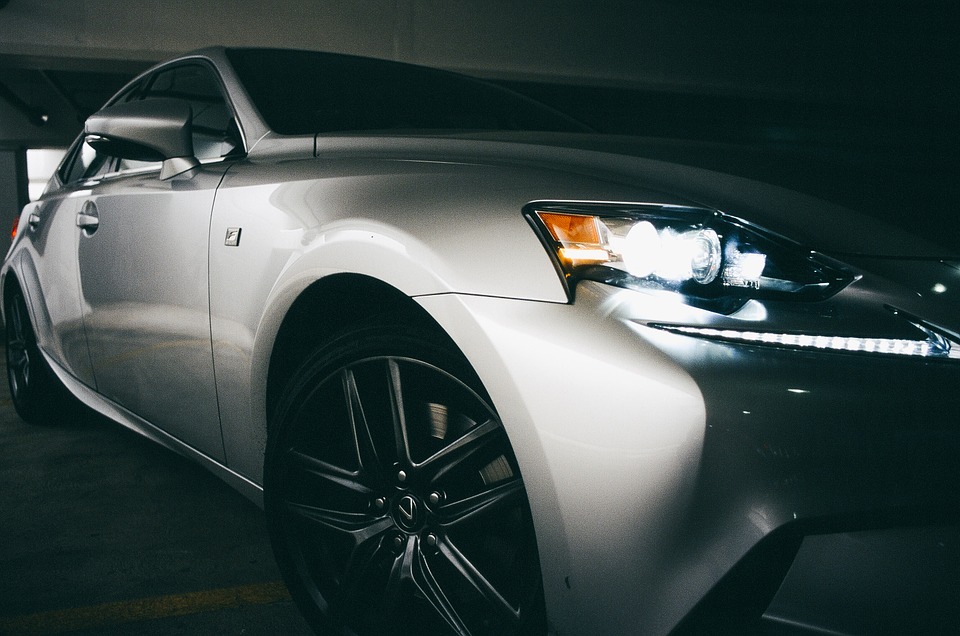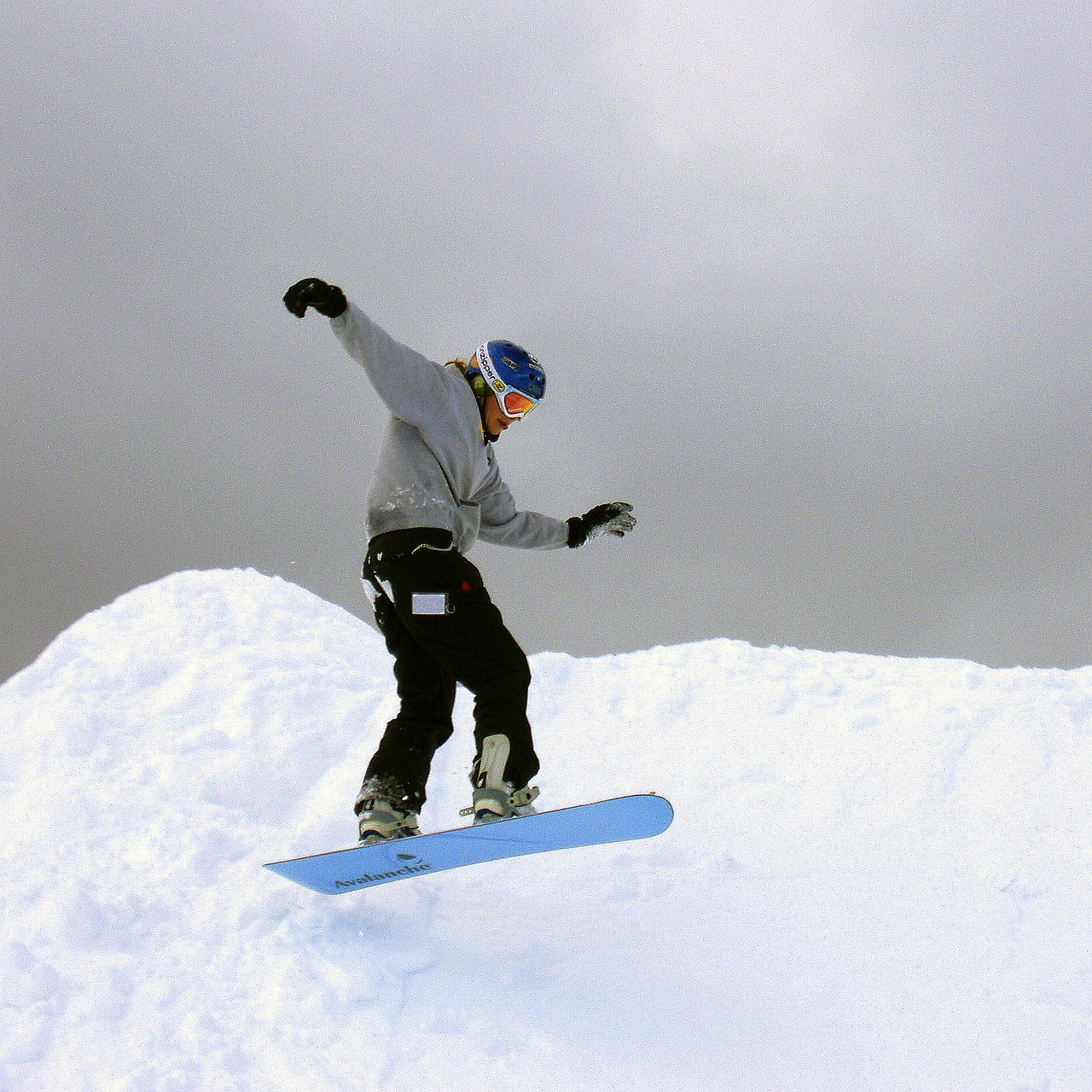Summer has been and gone, and we are nearly at the end of Autumn too which only means one thing – here comes winter…and the dark nights. As the clocks go back at the end of October, nights quickly start to roll in earlier and earlier, while morning sunrises seem to get later. Join Grange Motors Land Rover specialists, in this guide, they give you their top tips to driving safely in the dark this winter.
Winter goes hand in hand with harsh weather conditions that can affect road conditions when driving, and lead to decreased visibility on the roads. According to the Department of Transport, in the winter of 2014, 2,274 people were injured in reported road accidents. 251 were also seriously injured and 29 people were killed. Add that to the fact that of all fatal car accidents, 49 percent occur at night, despite there being fewer drivers on the road, as well as that night driving has a fatality rate per mile nearly triple that of daytime driving, and it’s vital that you are prepared for your journeys as the dark, colder mornings and nights arrive.
Lights
Whilst it is essential that you have your headlights on before sunrise and after sunset, in the winter, it is advised that you keep your lights on for an hour after sunrise and an hour before sunset to ensure other drivers on the road can clearly see you during twilight. You should do regular checks to make sure that all your lights are operating properly throughout the winter too – failure to switch on your lights could mean that other drivers do not see you approaching and accidents could occur.
You can drive with your full beam switched on in rural areas whenever you see it safe to do so, to improve your road visibility. However, you must ensure you dip your lights back down when you encounter another driver to avoid dazzling them and affecting their visibility.
Have your eyes checked
The dark nights are a trigger for drivers to realise that their sight isn’t great. You should therefore have your eyes checked before it’s too late. Be aware that some drivers struggle with the glare from headlights and street lamps in the dark – fortunately, most opticians offer anti-glare lenses to help improve night time driving.
This also helps for reading road signs in the dark, where they might not be as clear to make out – or affected by the weather conditions. If you don’t feel comfortable driving without your glasses, don’t! Make sure you always keep a pair in your car too, so that you can clearly see when driving in the dark.
Ensure that you regularly clean your windows and mirrors as well – having a dirty windscreen can catch the glare of oncoming vehicles, or compromise your vision.
Allow more time for your journey
When driving in the dark, it’s important to take your time as it’s sometimes not as easy to see hazards on the road. By allowing more time for your journey, you can schedule regular breaks when driving long distances to give your eyes a rest. Driving in the dark can be a strain on your eyes, and it’s easy to start to feel fatigue – so, give your eyes a rest and then allow time for them adjust.
Be prepared to be patient and cautious of other drivers around you who might not be as comfortable as you are driving in the dark too, or who may have been drinking. Stay alert! 77% of alcohol-related car accidents occur between 6pm and 6am.










